https://shop.canvascorpbrands.com/products/gypsy-momets-card-today
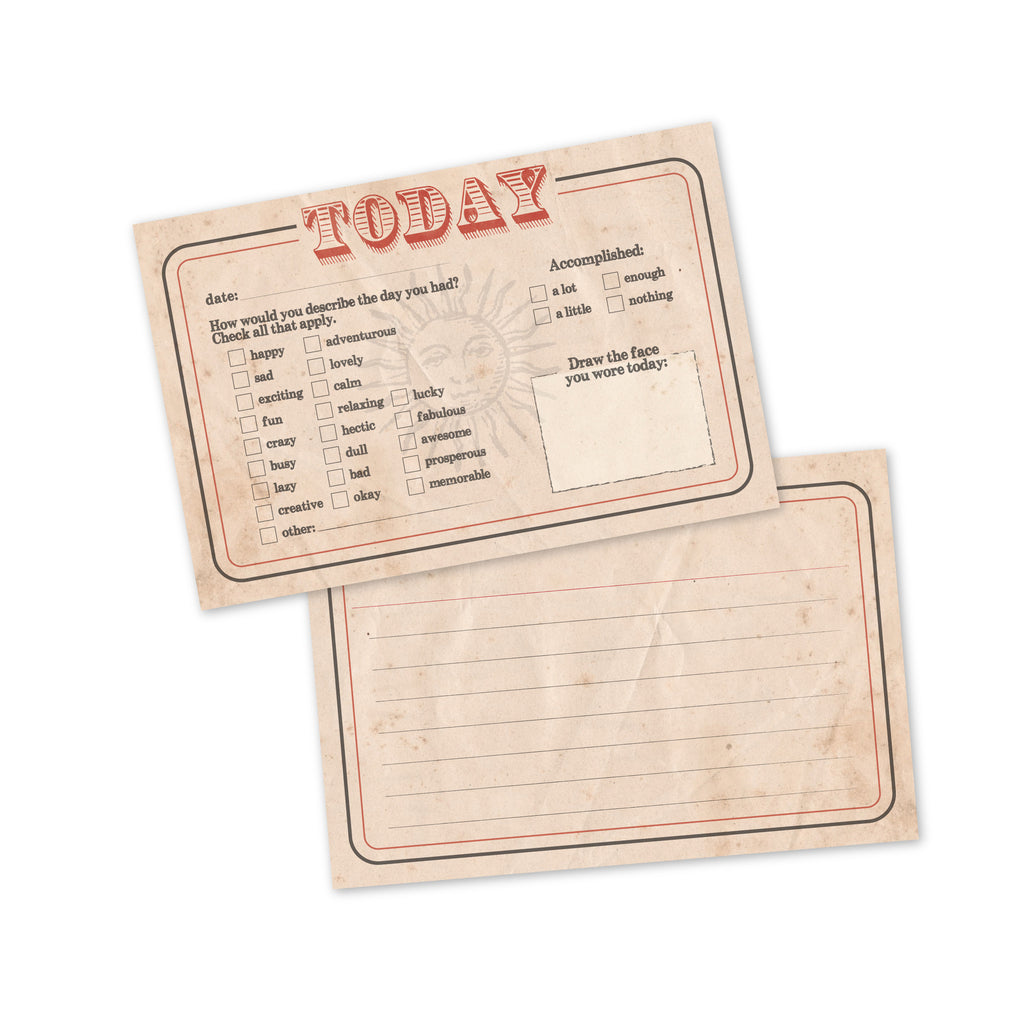
Avery Templates for 4 x 6" products:
PDF Index Card Calendars 4 little templates for printing directly to 3 x 5 and 4 x 6 index cards (with the dates already filled in). Perfect for the Hipster PDA and other compact GTD organizational systems.
FLATTY WORKS A6 SIZE horizontal# 5460 H4.8×W6.8×D1.4inMaterial Cotton
https://kingjim.us/flatty-works<br /> Flatty Works A6 size horizontal case<br /> ~$24.00
Acquired green version 2023-04-07<br /> https://boffosocko.com/2023/04/20/review-of-king-jim-a6-size-horizontal-flatty-works-case-5460/

https://www.lochby.com/collections/frontpage/products/venture-pouch<br /> Lochby Venture Pouch<br /> $44.00
Acquired one of these in early 2023 on sale?
several internal sections including for pens. <br /> will easily fit a handful or so of 4 x 6" index cards for quick travel

Rickshaw Bags, Traveler's Notebook Case $59.00

https://www.jetpens.com/Delfonics-Carrying-Bag-M-A5-Dark-Denim/pd/37102
Delfonics Carrying Bag - M (A5) - Dark Denim<br /> $36.00
Perhaps a bit large, but could be used as a mini-portable office to hold a variety of things including 4 x 6" index cards for work on the go.
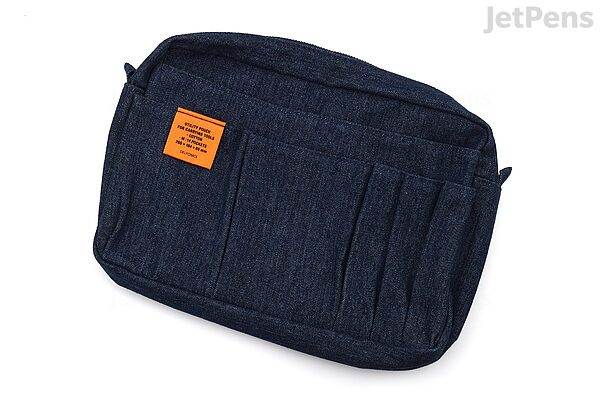
https://www.jetpens.com/Lihit-Lab-Altna-Carrying-Sleeve-Small-Gray/pd/24824<br /> Lihit Lab Altna Carrying Sleeve - Small - Gray<br /> $30.50
B6 is 4.9 x 6.9 inches, so just slightly larger than 4 x 6 inches
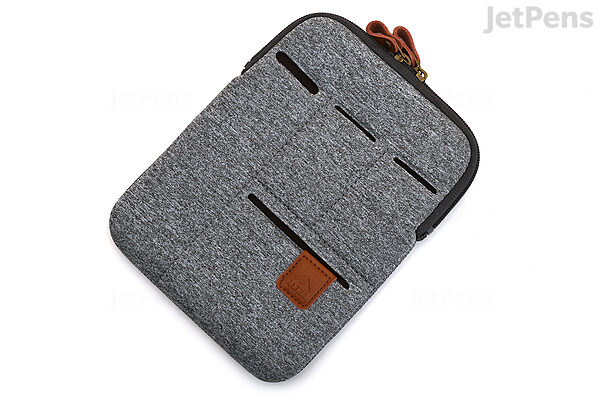
https://www.jetpens.com/Lihit-Lab-Smart-Fit-Carrying-Pouch-A6-Olive/pd/12378
Lihit Lab Smart Fit Carrying Pouch - A6 - Olive<br /> $21.50
https://www.jetpens.com/Delfonics-Carrying-Bag-S-A6-Dark-Blue/pd/38393<br /> Delfonics Carrying Bag - S (A6) - Dark Blue $32.00
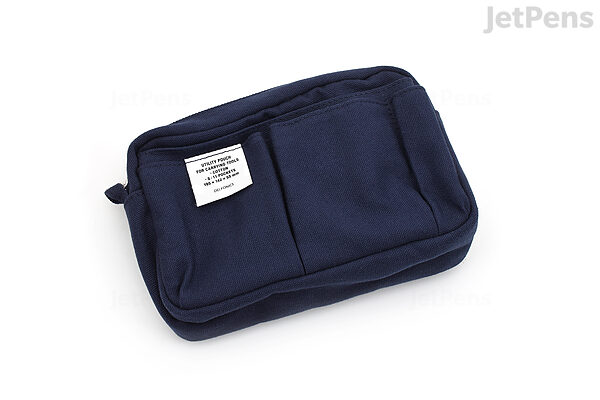
https://www.jetpens.com/Kleid-Mesh-Carry-Pouch-Mini-Charcoal/pd/37439
Meant for A6 notebooks, but would likely fit 4 x 6" index cards. $17.00
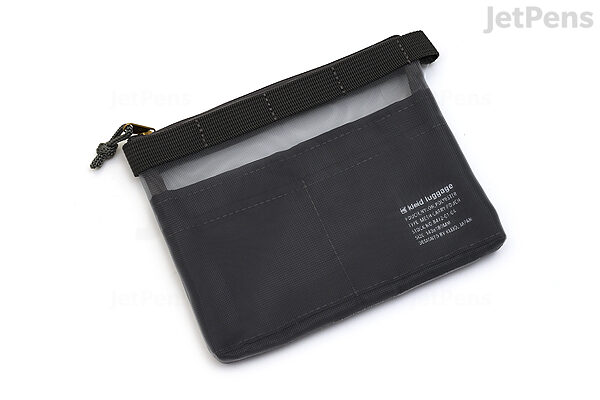
"I keep a dated diary of sorts on index cards, though they rarely go past one card a day."This is something I haven't heard of before. So, you journal/diary on index cards, one per day?
reply to u/taurusnoises (Bob Doto) at tk
Yep, for almost a full year now on 4x6" index cards. (Receipts for the kids: https://boffosocko.com/wp-content/uploads/2023/07/wp-1688411021709-scaled.jpg)
Previously I'd used a Hobonichi Cousin (page per day) journal for this. (Perhaps I should have stayed with the A6 size instead of the larger A5 for consistency?) Decades ago (around 1988ish?) I had started using a 2 page per day DayTimer pocket planners (essentially pre-printed/timed index cards spiral bound into monthly booklets which they actually shipped in index card-like plastic boxes for storage/archival purposes). Technically I've been doing a version of this for a really long time in one form or another.
It generally includes a schedule, to do lists (bullet journal style), and various fleeting notes/journaling similar to the older Memindex format, just done on larger cards for extra space. I generally either fold them in half for pocket storage for the day or carry about in groups for the coming week(s) when I'm away from my desk for extended periods (also with custom blank index card notebooks/pads).
I won't go into the fact that in the 90's I had a 5,000+ person rolodex... or an index card (in the entertainment they called them buck slips) with the phone numbers and names of \~100 people I dealt with regularly when early brick cell phones didn't have great (or any) storage/functionality.
1930s Wilson Memindex Co Index Card Organizer Pre Rolodex Ad Price List Brochure
archived page: https://web.archive.org/web/20230310010450/https://www.ebay.com/itm/165910049390
Includes price lists

List of cards includes: - Dated tab cards for a year from any desired. - Blank tab cards for jottings arranged by subject. - These were sold in 1/2 or 1/3 cut formats - Pocket Alphabets for jottings arranged by letter. - Cash Account Cards [without tabs]. - Extra Record Cards for permanent memoranda. - Monthly Guides for quick reference to future dates. - Blank Guides for filing records by subject.. - Alphabet Guides for filing alphabetically.
Memindex sales brochures recommended the 3 x 5" cards (which had apparently been standardized by 1930 compared to the 5 1/2" width from earlier versions around 1906) because they could be used with other 3 x 5" index card systems.
In the 1930s Wilson Memindex Company sold more of their vest pocket sized 2 1/4 x 4 1/2" systems than 3 x 5" systems.
Some of the difference between the vest sized and regular sized systems choice was based on the size of the particular user's handwriting. It was recommended that those with larger handwriting use the larger cards.
By the 1930's at least the Memindex tag line "An Automatic Memory" was being used, which also gave an indication of the ubiquity of automatization of industrialized life.
The Memindex has proved its success in more than one hundred kinds of business. Highly recommended by men in executive positions, merchants, manufacturers, managers, .... etc.
Notice the gendering of users specifically as men here.


Features: - Sunday cards were sold separately and by my reading were full length tabs rather than 1/6 tabs like the other six days of the week - Lids were custom fit to the bases and needed to be ordered together - The Memindex Jr. held 400 cards versus the larger 9 inch standard trays which had space for 800 cards and block (presumably a block to hold them up or at an angle when partially empty).
The Memindex Jr., according to a price sheet in the 1930s, was used "extensively as an advertising gift".
The Memindex system had cards available in bundles of 100 that were labeled with the heading "Things to Keep in Sight".
May 19, 2004 #1 Hello everyone here at the forum. I want to thank everyone here for all of the helpful and informative advice on GTD. I am a beginner in the field of GTD and wish to give back some of what I have received. What is posted below is not much of tips-and-tricks I found it very helpful in understanding GTD. The paragraphs posted below are from the book Lila, by Robert Pirsig. Some of you may have read the book and some may have not. It’s an outstanding read on philosophy. Robert Pirsig wrote his philosophy using what David Allen does, basically getting everything out of his head. I found Robert Pirsigs writing on it fascinating and it gave me a wider perspective in using GTD. I hope you all enjoy it, and by all means check out the book, Lila: An Inquiry Into Morals. Thanks everyone. arthur
Arthur introduces the topic of Robert Pirsig and slips into the GTD conversation on 2004-05-19.
Was this a precursor link to the Pile of Index Cards in 2006?
Note that there doesn't seem to be any discussion of any of the methods with respect to direct knowledge management until the very end in which arthur returns almost four months later to describe a 4 x 6" card index with various topics he's using for filing away his knowledge on cards. He's essentially recreated the index card based commonplace book suggested by Robert Pirsig in Lila.
https://www.youtube.com/watch?v=b-Wp0sLpnMY
PVA Glue used in bookbinding, but isn't inexpensive.
Recommendations in order: PVA, Tacky Glue, Mod Podge (regular)
Brush on top edge and do two coats. Don't get it down between sheets.
Dwyer, Edward J. “File Card Efficiency.” Journal of Reading 26, no. 2 (1982): 171–171.
Ease of use in writing and grading with short assignments by using 4 x 6" index cards in classrooms.
This sounds like some of the articles from 1912 and 1917 about efficiency of card indexes for teaching.
I'm reminded of some programmed learning texts that were card-based (or really strip-based since they were published in book form) in the 1960s and 1970s. Thse books had small strips with lessons or questions on the front with the answers on the reverse. One would read in strips through the book from front to back and then start the book all over again on page one on the second row of strips and so on.
Posted byu/jackbaty4 hours agoCard sizes .t3_xib133._2FCtq-QzlfuN-SwVMUZMM3 { --postTitle-VisitedLinkColor: #9b9b9b; --postTitleLink-VisitedLinkColor: #9b9b9b; --postBodyLink-VisitedLinkColor: #989898; } I've been on-again/off-again with paper for PKM, but one thing remains consistent each time: I don't enjoy using 4x6 index cards. I much prefer 3x5-inch cards. I realize that it's irrational, but there it is.My question is if I dive into building an antinet, will I regret using 3x5 cards? I already have hundreds of them. I have dividers, holders, and storage boxes for them. I just prefer how they _feel_, as weird as that sounds.I'd like to hear if people are using 3x5 cards successfully or if you've come to regret it.
While it may be slightly more difficult to find larger metal/wood cases for the 4x6 or 5x8 cards, it's a minor nuisance and anyone who wants them will eventually find the right thing for them. Beyond this, choose the card size that feels right to you.
If you don't have an idea of what you need or like, try things out for 10-20 cards and see how it works for you, your handwriting size, and general needs. People have been using 3x5, 4x6, and even larger for hundreds of years without complaining about any major issues. If Carl Linnaeus managed to be okay with 3x5, which he hand cut by the way, I suspect you'll manage too.
Of course I won't mention to the Americans the cleverness of the A6, A5, A4 paper standards which allows you to fold the larger sizes in half to get the exact next smaller size down. Then you might get the benefit of the smaller size as well as the larger which could be folded into your collection of smaller cards, you just have to watch out for accidentally wrapping ("taco-ing") a smaller card inside of a larger one and losing it. I suppose you could hand cut your own 5" x 6" larger cards to do this if you found that you occasionally needed them.
For the pocketbook conscious, 3x5 does have the benefit of lower cost as well as many more options and flexibility than larger sizes.
At least commercial card sizes are now largely standardized, so you don't have deal with changing sizes the way Roland Barthes did over his lifetime.
My personal experience and a long history of so many manuals on the topic saying "cards of the same size" indicates that you assuredly won't have fun mixing different sized slips together. I personally use 3x5" cards in a waste book sense, but my main/permanent collection is in 4x6" format. Sometimes I think I should have done 3 x 5, but it's more like jealousy than regret, particularly when it comes to the potential of a restored fine furniture card catalog. But then again...
A Healthy Climate for Economic Growth
From OS 7.3
Spillover
We should actually define spillover somewhere
Last 4 of the Card
you have confirmed the card is Active